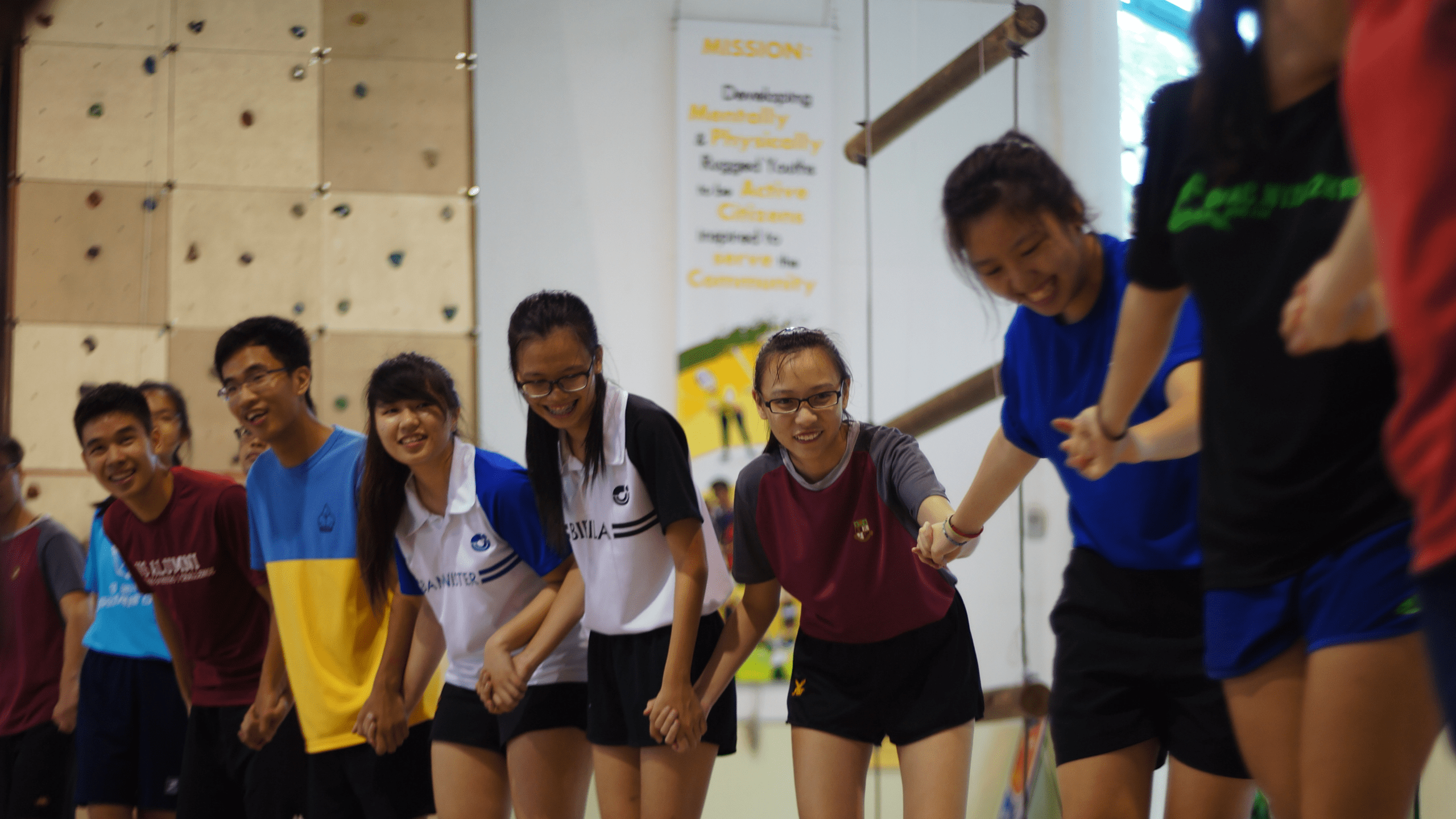Competition: Everyone CAN Be A Winner

2023 has seen the return of various student competitions in full force, from the National School Games to the Singapore Youth Festival. These events are often characterised by stress and fatigue, as well as blood, sweat and tears, as students push themselves to perform to the best of their ability. Indeed, the word “competition” often conjures images of high-stakes situations with countless hours of practice, going above and beyond a typical student’s timetable.
From a youth development perspective, there are three things adults and educators can do to journey with our young people through powerful experiences like these. We must help our young people address and manage the tensions they face, teach them to embrace it, and at the end, guide them to decompress from the stress they face and impose on themselves.
Managing Tensions
One can work endlessly for a good result, but the final outcome depends on the actual day’s circumstances and the relative performance of other teams. A competitor never has full control over the outcomes, and that in itself can cause anxiety and stress. One exercise to acknowledge and manage emotions is “Name It to Tame It”1, made popular by author and psychiatrist Dr. Daniel Siegel. It asks one to pause, connect authentically to the emotion, and tag a description to it. This helps to build awareness of one’s own emotional state while connecting the emotional limbic parts of their brain to the more rational and logical prefrontal cortex. In other words, naming the emotion in itself can help calm one down. Educators can facilitate this processing of emotions by asking, “What is one emotion you are feeling right now?”.
One crucial way to build emotional intelligence in young people is to embody it as adult figures in their lives. When they see educators being able to address the tensions they face and do an effective reset in between incidents in the classroom, students form a clearer perspective of how effective emotional management looks like, and pick up techniques to manage their own tensions.
Embracing Tensions
Tensions almost always sound like a bad thing. However, we must recognise that tensions arise because there are real perceived stakes at play. In other words, the students care about good performance. Educators can help youths see this innate motivation as positive, and that the tension they feel is the other side of the same coin.
Ask any sprinter at the start line: “Did you hear the crowd cheering for you?”. The answer is likely to be no. When competitors are in “in the zone” or in the state of flow2, they are laser-focused on the immediate task at hand. Everything else fades into the background. This is an ideal state — being not too nervous, and not too relaxed. In this state, one does retain a certain level of tension. The tension can be channelled productively into training and performance. The awareness of the “useful” aspects of tensions and stress can help young people positively reframe their approach and perception of their own emotions.
Decompressing from Tensions
Competition season may be tenuous, but it will come to an end eventually. This can be a startling contrast to the months of gruelling preparation and training that students have undertaken. Being able to process all these emotions well can help young people transit out of “competition mode” and back into routine life. This is an opportunity for educators to build Growth Mindsets in the students. No matter the results, this is a time to affirm the effort students have put in over the past months.
Time needs to be set aside for young people to process these emotions on-site. Educators can facilitate these conversations through circle time, perhaps through a “Name It to Tame It” exercise, or by getting the students to draw an emoji that best describes how they are feeling, to help them recognise their emotions.
In these conversations, educators can pay attention to the nature of the stories young people tell themselves about these experiences. In narrative psychology3, people often tell one of two types of stories — contaminative and redemptive stories. Contaminative stories describe good events with bad outcomes. For example, in framing their final performance as one characterised by mistakes and failure, students lose sight of all the positive team effort and relationships that supported them through the competition process.
Redemptive stories are the exact opposite of contaminative stories, describing narratives that focus on overcoming challenges and struggles to reach a positive outcome. People who forge redemptive narratives tend to find their lives more meaningful, and are more motivated to give back. Educators can help reframe contaminative sequences with redemptive ones. This could be done by prompting students with questions such as “What is one thing you are grateful for amidst these challenges?”, or “What is one thing you did for yourself to create a positive outcome in this journey?”
• • •
Competitions may be highly charged affairs for both students and educators. There may only be one trophy in that competition, but lessons and growth opportunities are available for all. Educators can support students through this season by helping young people manage, embrace and eventually decompress from the tensions.
• • •
References:
1 Siegel, D.J. (2010). Mindsight: The New Science of Personal Transformation. New York: Bantam Books.
2 Csikszentmihalyi, M.R. (1990). Flow: The Psychology of Optimal Experience. New York: Harper and Row.
3 Dingfelder, Sadie F. “Our Stories, Ourselves.” American Psychological Association, www.apa.org/monitor/2011/01/stories.
